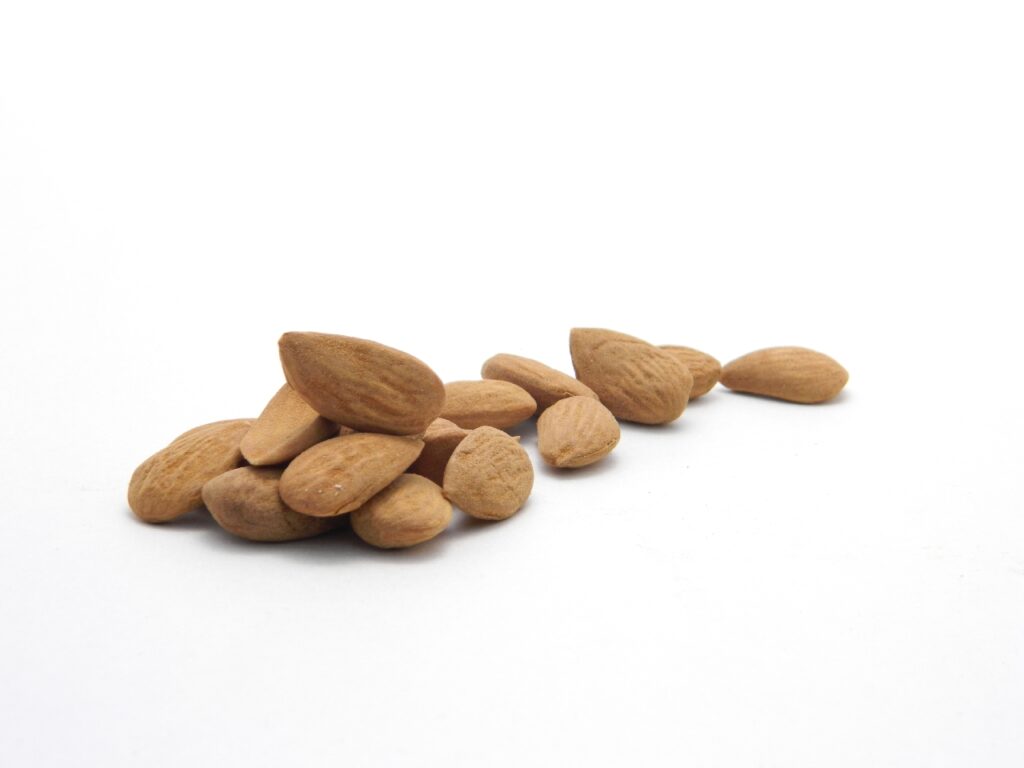Generally, people grow seasonal fruit trees in home gardens and do not prefer growing stone fruit trees such as almonds.
You might be surprised to know that almonds have great medicinal use, incomparable and wholesome nutritional value, and can be an impressive eye-catchy addition to your home garden.
Once you know the worth of an almond tree, you won’t go for any other tree except an almond and will be willing to grow it even in pots and containers mif necessary.
You can consume almonds as a whole or use them in preparing almond butter, almond milk, almond candies, and garnishing on different dishes such as baked cakes, etc.
I will discuss today the planting method and post-planting care and maintenance to enjoy your homegrown almond tree and almonds at home.
Almond Tree Growing Instructions
Keep in mind that growing almond trees in your home garden will be a challenge to your patience and resources. Initial time and resources are necessary for an almond tree.
- Select a sunny location: Almond trees can reach a height of 30 feet; therefore, they require a lot of space to grow properly. Plant the almond trees by keeping 15-20 ft. plant to plant distance and away from other trees, buildings, and electricity lines. For optimum growth and disease-free plants, almonds require full sun and loamy soil that drains well.
- Sapling preparation: Before your almond tree even touches the ground, you may prepare it for success. Spray the sapling’s root ball with a garden hose to ensure that it is well-hydrated and that the roots have made solid contact with the ground.
- Planting time: Put your sapling in the middle of the hole, then cover it with dirt that drains nicely. While filling the hole, gently press the soil around the root ball to remove air bubbles and water it with at least one gallon of water. In addition, you can spread a layer of mulch around the root ball to keep the soil moist.
- Trimming the stray twigs: Remove all the twigs close to the tree’s root. Pruning the young tree is necessary to direct its growth toward the trunk and branches.
- Show patience: Don’t be disappointed if nuts don’t appear on your tree for the first few years. The almond tree’s juvenile stage (from planting to fruiting) lasts around five years.
Care and Maintenance of Almond Trees
Planting a tree is easy, but keeping it alive can be a never-ending challenge, like raising children.
To keep your almond tree healthy and happy, you need to provide it with its favorite things, such as food, sunlight, water, and timely pruning.
- Sufficient Watering: Although the almond tree can survive during dry, scorching summers, it requires frequent irrigation for adequate growth and fruiting.
- When your almond tree is young, make sure to water it at least once a week (only skipping it if it rains a lot).
- Keep the soil evenly moist but not soggy; water logging will lead to root rot in your almond tree.
- Apply spring fertilizer to your almond tree.
- Don’t fertilize your tree before spring. On the other hand, older trees require the least amount of fertilizers, and small doses of nitrogen fertilizer (given frequently with a regular gap) will be enough for the young almond trees.
- Once your tree has grown to maturity and started producing fruit, 2 pounds of urea will be a lifesaver and have a lasting effect on your tree’s health and developing capability.
- Keeping an eye on the pest attack is the most important thing after fulfilling the basic requirements of the tree.
- The “Navel Orange Worm” is the most dangerous insect pest of the almond tree. It settles on uncollected nuts left on the tree and not harvested or were inappropriate to harvest.
- Peach Tree Borers (resemble grubs) attack almond trees by tunneling into the base of the trunk, which can also cause damage to almond trees.
Note: Apply Bacillus thuringiensis spray, often known as Bt spray, to eliminate bugs if you find that your tree’s growth has halted or if you see their excrement close to the base of the tree.
Best Almond Tree To Grow In Home Garden:
As you may know, we have two varieties of almonds – Bitter and sweet almonds. Bitter almond trees (which produce bitter almonds) are an excellent option if you want your tree to be solely decorative.
On the other hand, if you want to grow an almond tree for eating purposes, then the sweet almond might be right for you.
Caramel, Mission, Hall’s Hardy, and All-in-One cultivars are the most commonly grown and some of the best sweet almond varieties.
The All-in-One almond trees are self-pollinating, as suggested by their name. All-in-One is an excellent option if you’re unsure about what variety of almond trees to plant in your garden.
FAQs:
Can I grow an almond tree from sed at home?
A thriving, nut-bearing almond tree can be grown from seed, but starting with a seedling gives you the highest chance of success. Almond trees (like most nut trees do not self-pollinate; therefore, cross-pollination is necessary to grow an almond tree from a seed that bears nuts. However, starting with a sapling is ideal unless you have enough space to plant two or more trees.
What are the favorable climate conditions for an almond tree?
Being native to the Middle-East regions, almond trees flourish in Mediterranean temperatures. Its optimal growing environment is somewhere with long, hot, dry summers and adequate sunshine. A wet winter is beneficial for its developmental processes but is quite vulnerable to frost.
Which are the top producers of almonds in the USA?
California is the top producer of almonds in the USA for its favorable environmental conditions. Texas, Arizona, and Florida are a few additional favored regions for almond trees. Check your USDA Plant Hardiness Zone before deciding whether an almond tree will grow in your region; almond trees thrive in zones 7-9.


